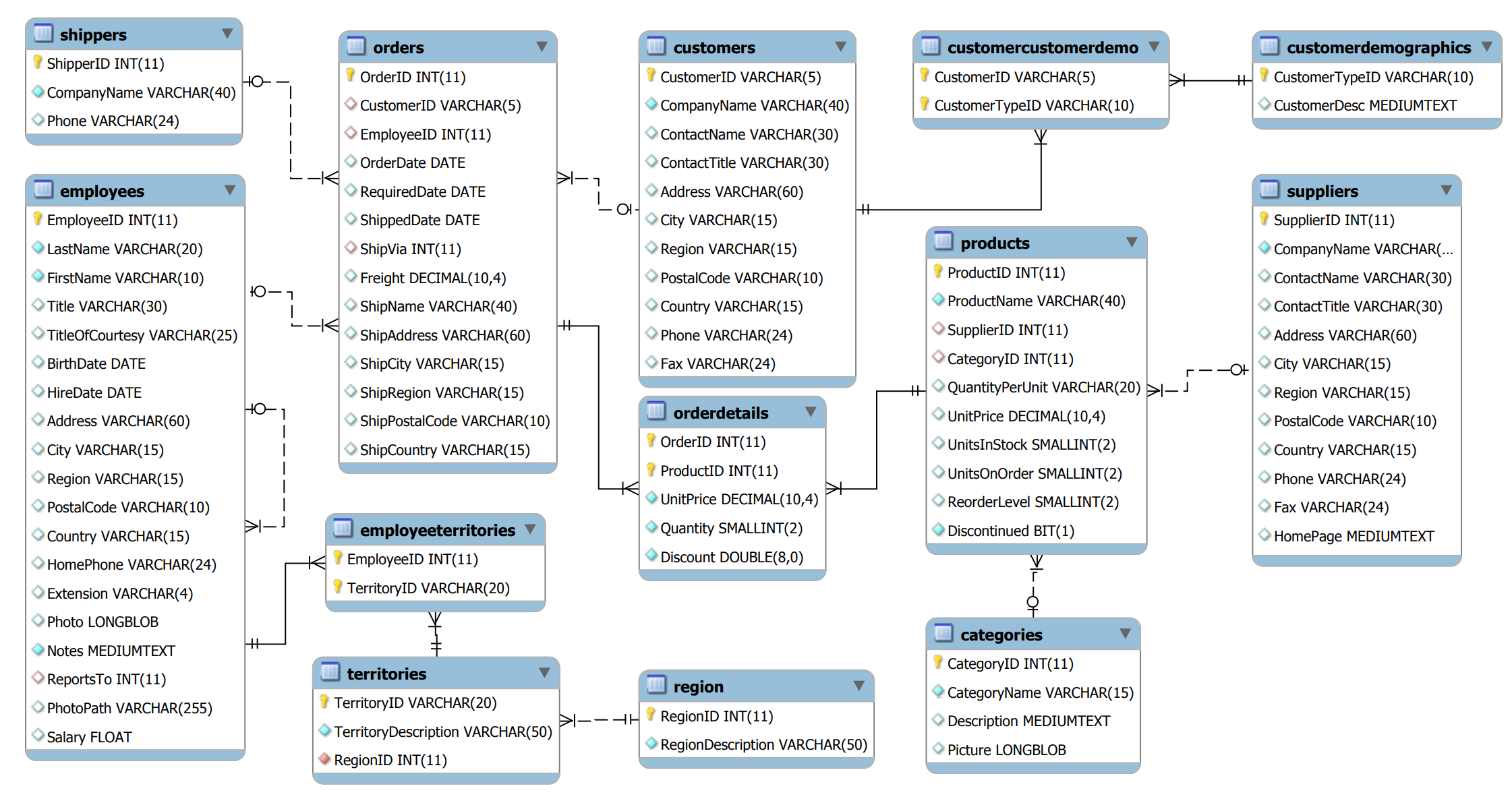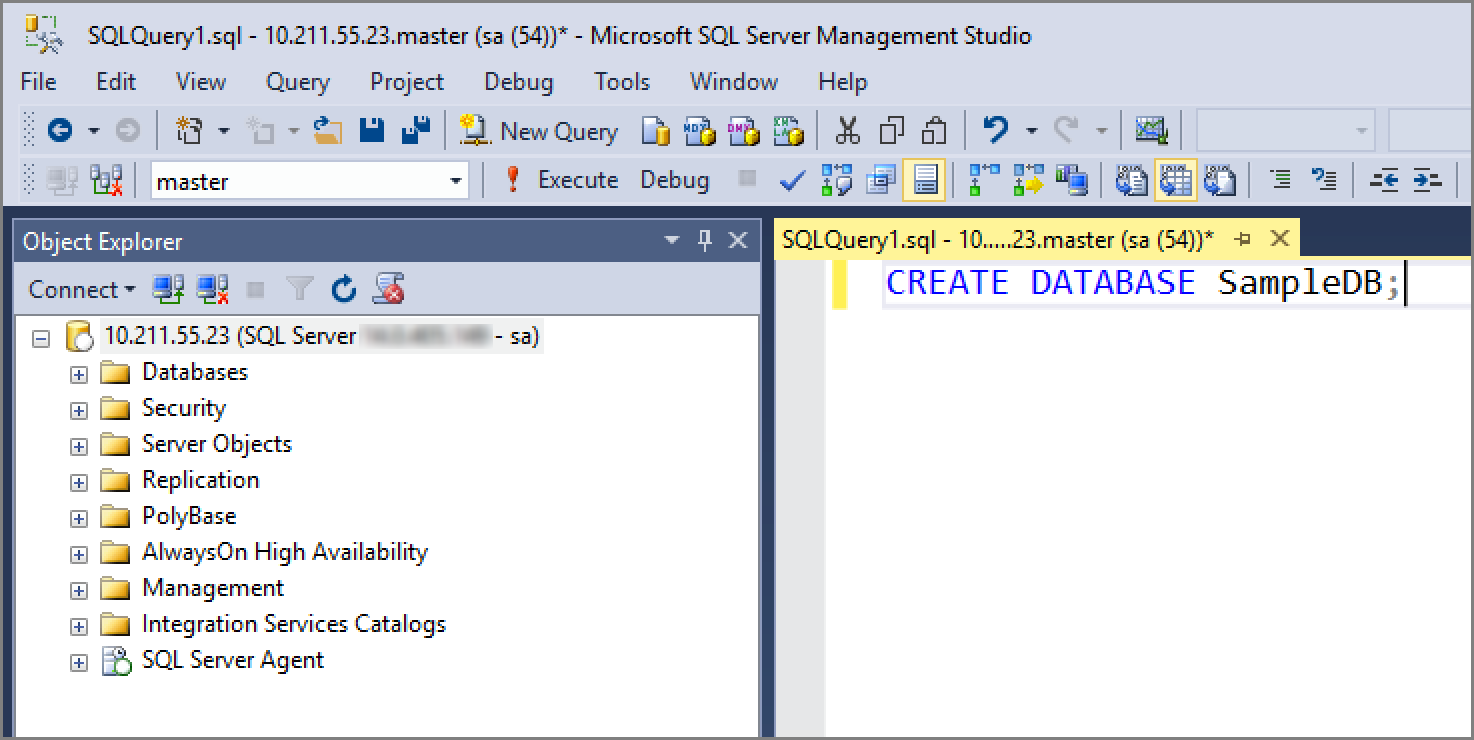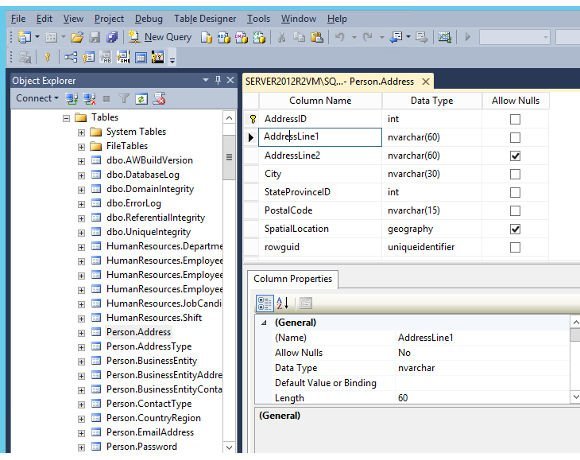Microsoft SQL Server is a relational database management system developed by Microsoft. As a database server, it is a software product with the primary function of storing and retrieving data as reque. Jul 17, 2017 Microsoft SQL Server has numerous applications in the business world. The first and most obvious one is the database is used to store and manage information. However, businesses that hold sensitive customer information such as personal details, credit card information, and other confidential information will benefit from increased security. In this article. Applies to: SQL Server (all supported versions) Azure SQL Database Azure SQL Managed Instance Azure Synapse Analytics Parallel Data Warehouse Specifies a temporary named result set, known as a common table expression (CTE). Step 1 − Open configuration manager using the following process. Start → All Programs → MS SQL Server 2012 → Configuration Tools → SQL Server configuration manager. Step 2 − Select the service name, right-click and click on start option. Services will start as shown in the following snapshot. Applies to: SQL Server (all supported versions) Securing SQL Server can be viewed as a series of steps, involving four areas: the platform, authentication, objects (including data), and applications that access the system. The following topics will guide you through creating and implementing an effective security plan.
With the recent releases of both VMware vSphere 7 and SQL Server 2019 as well as changes announced to SQL Server licensing, this is a good time to discuss licensing for SQL Server when virtualized using VMs with VMware vSphere. This blog post is part one of two. In this first installment, I’ll cover the basics of licensing SQL Server as well as per-VM licensing.
First Things First
All production deployments of SQL Server must be licensed properly according to the Microsoft SQL Server 2019 Licensing Guide. Production implies the use of Enterprise, Standard, or Web editions of SQL Server. Developer Edition cannot be used for production. Express Edition has no licensing requirement but is limited in scalability and features. To see all the differences between the editions of SQL Server, read the official Microsoft documentation topic “Editions and supported features of SQL Server 2019 (15.x)”.
If applicable, you must also account for licensing the operating system. A license for Windows Server must be purchased whereas some distributions of Linux that are supported for SQL Server may not need an OS license but require support agreements. An example is Red Hat Enterprise Linux. This blog will not cover the licensing/support scenarios for the underlying operating system. If you are reading Microsoft’s documentation, they refer to an operating system environment (OSE).
If you are deploying an older version of SQL Server for some reason such as an older application, you will be purchasing SQL Server 2019 licenses with downgrade rights. You can no longer buy licenses for SQL Server 2017 and earlier.


SQL Server Instance
An installation of SQL Server is an instance. On Linux, you can only have one instance of SQL Server per VM and on Windows Server you can have up to the supported maximum. For Always On Failover Cluster Instances (FCIs), that limit is up to 25 and for standalone, 50. Most customers do not, and should not, deploy that many instances in a single VM.
Ms Sql Server Container
Each instance has its own system (and user) databases and some dedicated binaries. There are some shared components that would be common to all instances as well. This concept of an instance not only plays into how SQL Server works, but also how it is licensed. You do not pay per instance of SQL Server; you can install as many instances as you would want inside a given VM which hosts an OSE (Linux or Windows Server), up to the supported maximum if SQL Server is licensed properly.
When deploying with Windows Server, use the right installation ISO from Microsoft. For example, downloading the wrong ISO of Enterprise Edition could limit you to only 20 cores, or you could install Standard instead of Enterprise. Using the wrong ISO not only has licensing implications but can also impact performance.
SQL Server Licensing Models
There are two licensing models for SQL Server depending on the edition. Core-based, which can be used by either Enterprise and Standard, and server + client access license (CAL) which only is applicable for Standard.
Core-based licensing means that you are accounting for all the cores used in each virtual OSE (VM). Using a server license along with CALs is exactly what it sounds like: you license the VM for SQL Server and each device (Device CAL) and/or user (User CAL) accessing SQL Server requires a license. Today, most customers using Standard or Enterprise editions of SQL Server use core-based licensing. Server + CAL is a bit outdated and only applicable to Standard Edition. Server + CAL allows you to license only the server running SQL Server but you need to account for any device or user (the CALs) that will connect to SQL Server.
SQL Server is more than a relational database engine. There are other components such as Reporting Services, Analysis Services, Integration Services, and so on. If these components are installed, location matters. If the non-engine components are installed elsewhere, such as another VM which may be better from a performance or application standpoint, they are licensed separately. For example, if one VM has SQL Server 2019 but another has Reporting Services, both VMs will need to be accounted for when it comes to licensing.

Another fundamental concept for licensing Microsoft products is Software Assurance (SA). SA adds additional benefits to SQL Server that affect availability, upgrade rights, and virtualization. SA is an additional cost, but compared to not having it, is often more cost effective than licensing without it. SA will be covered where applicable. SA cannot be added later; it must be included when licensing is purchased.
The biggest question I often get when it comes to licensing SQL Server for virtualized environments is this: should VMs be licensed individually or should entire virtualization hosts be licensed? It depends.
The next two sections will cover licensing considerations for both per-VM and per-host, focusing on the Core-based model.
Licensing Individual Virtual Machines
Licensing SQL Server per-VM is straightforward: every VM that has SQL Server or any of its server components such as Analysis Services and Reporting Services must be licensed. Some tools, such as SQL Server Management Studio, do not incur any licensing cost. Licensing per-VM is common when your company does not have a large SQL Server footprint and you only need a handful of VMs. In most scenarios, the per-VM model assumes that the VM running SQL Server is part of a mixed vSphere deployment that is running various VMs hosting different workloads besides SQL Server, and thus, is not a host or cluster dedicated to SQL Server.
For example, if you have 20 production VMs with SQL Server installed, you’ll need to account for licenses for every VM individually. Licensing per VM also means that you can technically overcommit resources since the unit of licensing is the VM and that VM and its licenses can be associated with another host if it is moved. I do not recommend overcommitting resources as it can have a performance impact on SQL Server.
Microsoft requires a minimum of four cores to be licensed for SQL Server. After that, they sell SQL Server licenses in packs of two cores. For example, if you have a VM with only one or two vCPUs, you need to purchase four cores of SQL Server licensing for that VM. However, if you resize the VM to four cores, no additional cost is incurred.
For purposes of this blog post and the way VMware works, a vCPU represents the total amount of CPU resources assigned to a VM. This could be comprised of vSockets as well as vCores. As shown below, the VM pictures has eight vCPUs – two vSockets each of which has four cores. In this example, you would need to purchase eight cores of licensing.
For more information, see page 24 of the Architecting Microsoft SQL Server on VMware vSphere Best Practices Guide.
Summary

Ms Sql Server Certification
Now that you understand the basics and what it means to license per-VM, Part Two will cover per-host licensing, the impact of availability architectures, as well as Software Assurance in more depth.
This is a guest post by Allan Hirt. Consultant, trainer, author, business continuity expert, and SQLHA, LLC founder Allan Hirt has been working with both SQL Server since 1992 when it was still a Sybase product as well as clustering in Windows Server since the late 1990s when it was called Wolfpack. He has been using VMware’s products for virtualizing workloads for nearly 20 years. Currently a dual Microsoft MVP (Data Platform; Cloud and Datacenter Management) as well as a VMware vExpert, Allan works with customers of all sizes around the world to deliver mission critical projects whether they are on premises, in the cloud, or hybrid. You can follow him on Twitter at @SQLHA, read his latest blog posts and see upcoming speaking engagements and classes at sqlha.com, and get his free video content on the SQLHA YouTube Channel.

After moving your SQL Server workloads onto AWS, you can continue optimizing your costs, usage, and licenses to suit your business needs. With AWS Cost Explorer, you can visualize, understand, and manage your AWS costs and usage over time to take control of spend. AWS Compute Optimizer recommends optimal AWS Compute resources for your workloads so that you can reduce costs up to 25% by analyzing historical utilization data. AWS Managed Services can help operate your cloud environment post-migration by analyzing alerts and responding to incidents, reducing operational overhead and risk. You can use AWS Systems Manager to automate operational tasks across your AWS resources and better manage your infrastructure at scale.
Ms Sql Server Port
AWS can also help you modernize your Windows-based applications with AWS open source services when you’re ready to break free from the high costs of commercial licensing. We offer the widest range of options to include running SQL Server database applications on EC2 Linux, moving workloads to Amazon Aurora, containerizing your Windows applications with Amazon EKS, going serverless with AWS Lambda, or leveraging a micro-services based architecture.